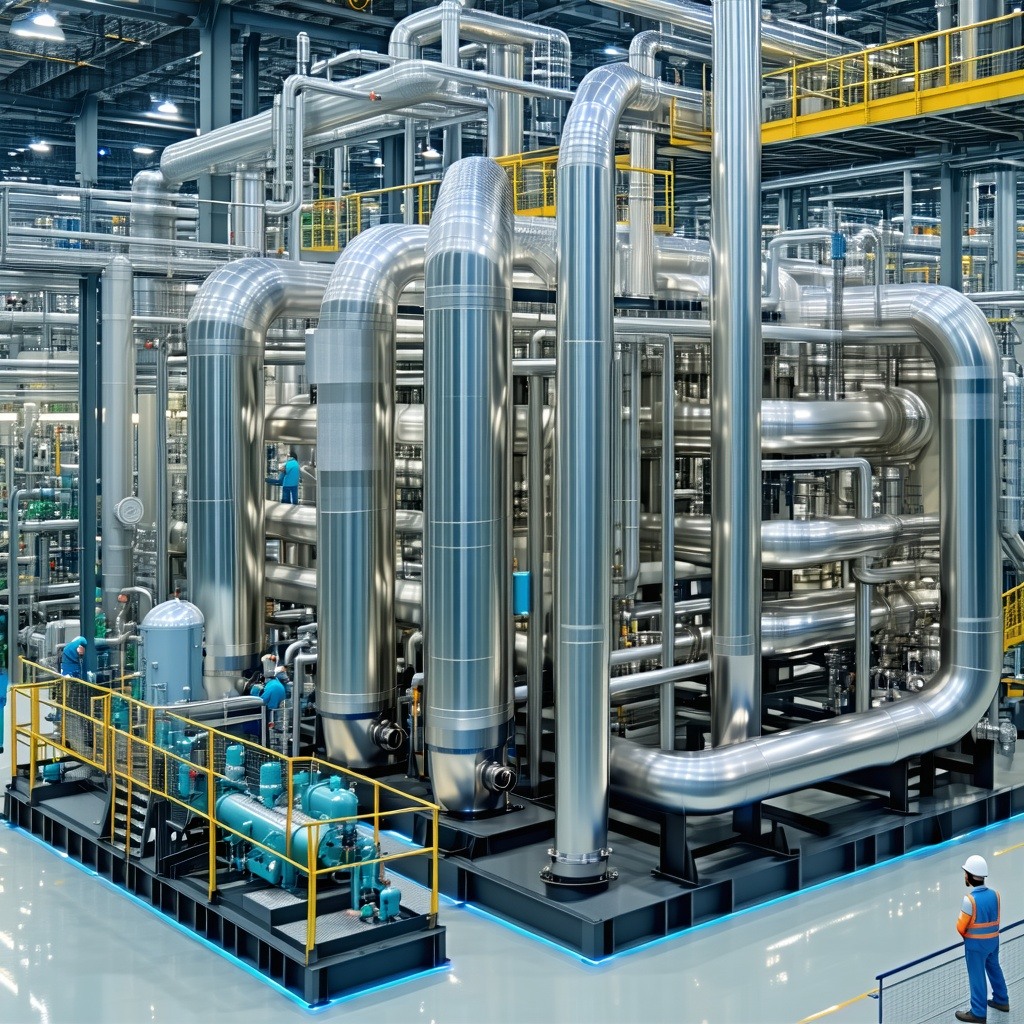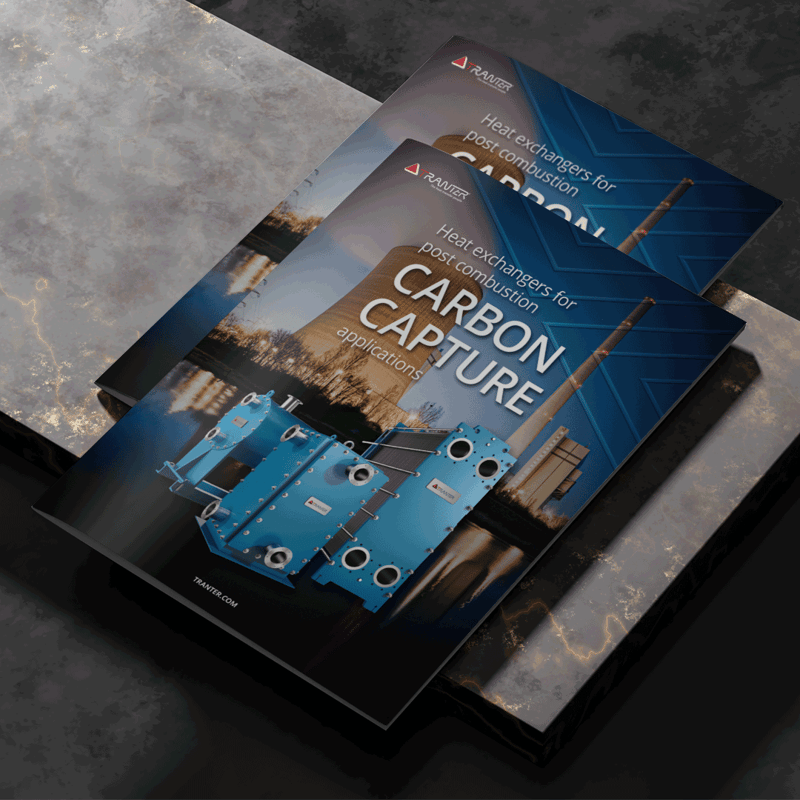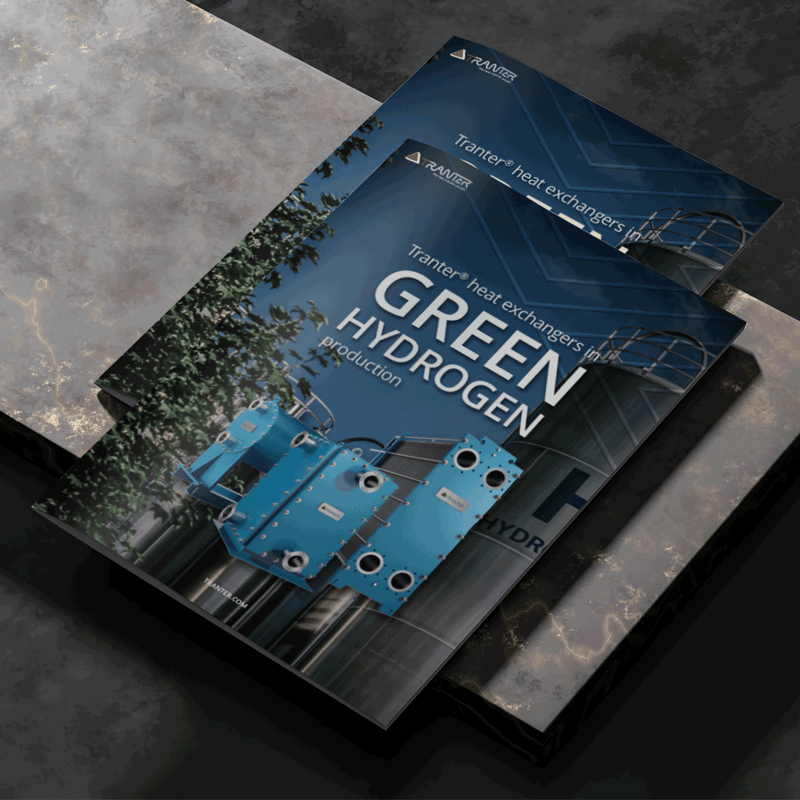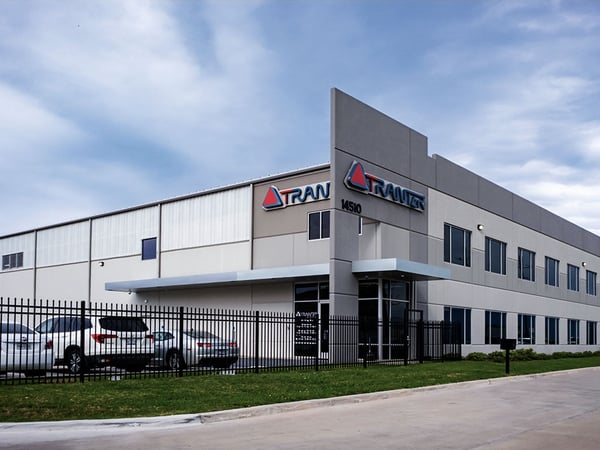Meet standards without delays
Early engineering input and thermal expertise ensure smoother approvals and fewer costly revisions.

Efficiency, energy savings, and product quality in refinery

Running a refinery is a balancing act: pushing crude through distillation and cracking units at extreme temperatures, keeping sulphur recovery clean, and meeting licenser demands.
Our plate heat exchangers slot into this reality with compact, high-capacity designs that recover more energy, handle corrosive duties, and keep your units running reliably from ADU to SRU.

From crude distillation to sulphur recovery, your heat exchanger is key in keeping temps precise.
Every Tranter solution handles extremes while keeping your project on schedule.
Refinery
Early engineering input and thermal expertise ensure smoother approvals and fewer costly revisions.

Heat exchangers that maximize recovery in ADU and VDU units help lower fuel use and improve efficiency.

High-alloy and corrosion-resistant plates provide long-term durability in ARU and SRU service.

Compact, high-capacity heat exchangers integrate seamlessly into large refinery expansions and complex system designs.

Refinery
Efficient heat recovery and cooling solutions to stabilize crude distillation and reduce energy intensity.
Our heat exchangers are designed for high-temperature, high-vacuum duties where reliability is critical.
Compact, efficient exchangers that support catalyst regeneration and cooling with stable duty performance.
Alloy materials and fouling-resistant designs to handle corrosive, aggressive media with reduced downtime.
Reliable heating and cooling for balance-of-plant systems, designed for steady support of core refinery processes.
The wastewater from the refinery is treated to be reintroduced to the process or back to the source.
Our durable exchangers recover energy while handling fouling-prone, solids-heavy refinery wastewater.






Why Tranter
References across global refinery units and utilities.
90+ years of heat exchanger design and thermal engineering knowledge.
Service centers and spare parts where and when you need them.
Configured for the unique efficiency and durability demands of refineries.

In carbon capture, large volumes of flue gas must be cooled and treated, with solvents regenerated continuously. Tranter plate heat exchangers deliver the thermal efficiency and material durability needed for safe, stable carbon capture operations. Our designs help you:

Our R&D develops heat exchangers for the evolving demands of refining: plate geometries that withstand higher pressures and temperatures, alloys that resist aggressive process streams, and compact layouts that maximize heat recovery.
These innovations help operators cut lifecycle costs, reduce emissions, and stay competitive in a changing energy market.

With Tranter FullServ®, you get lifecycle support for every brand of heat exchangers. We keep your equipment running, from inspection and reconditioning to emergency on-site service.
Our rapid-response teams and local service centers around the world ensure your exchangers deliver peak performance longer.
Resource center
Energy, heating and cooling Sustainability
The digitalization mega trend has resulted in exponential growth of data centers. Let’s take a look at how Tranter’s plate and frame heat exchangers can be used to make the datacenters more sustainable.

Energy, Process industries Sustainability
Tranter’s heat exchangers have various applications across many different markets. Let’s take a look at how plate and frame heat exchangers can be used in CO2 capture applications to improve the total economy of the plant.

Energy, Process industries
Tranter’s compact plate heat exchangers are used in various energy intense industrial applications. Let’s take a look at how plate heat exchangers can be used in the production of green hydrogen and in the hydrogen value chain.

Resource center
Still curious?
